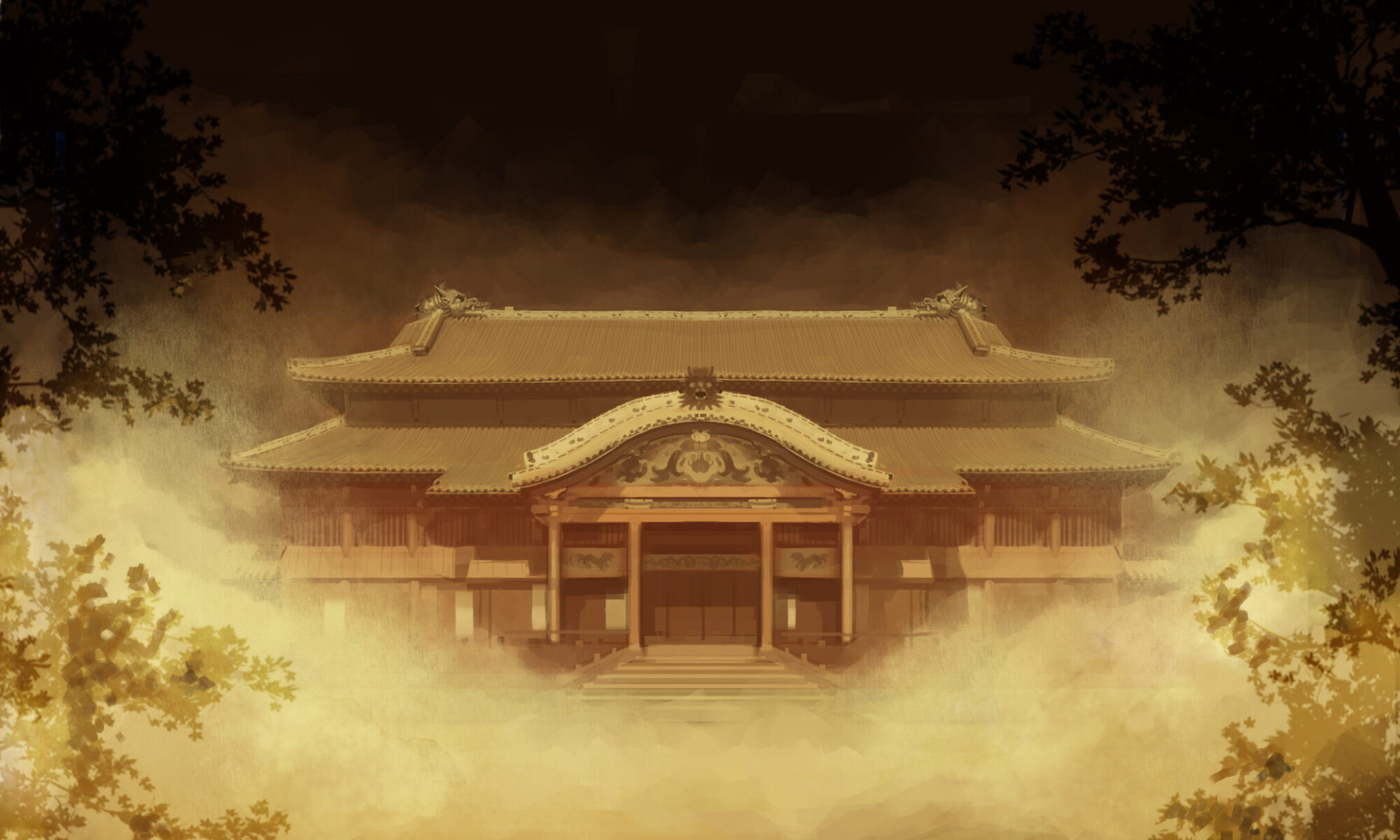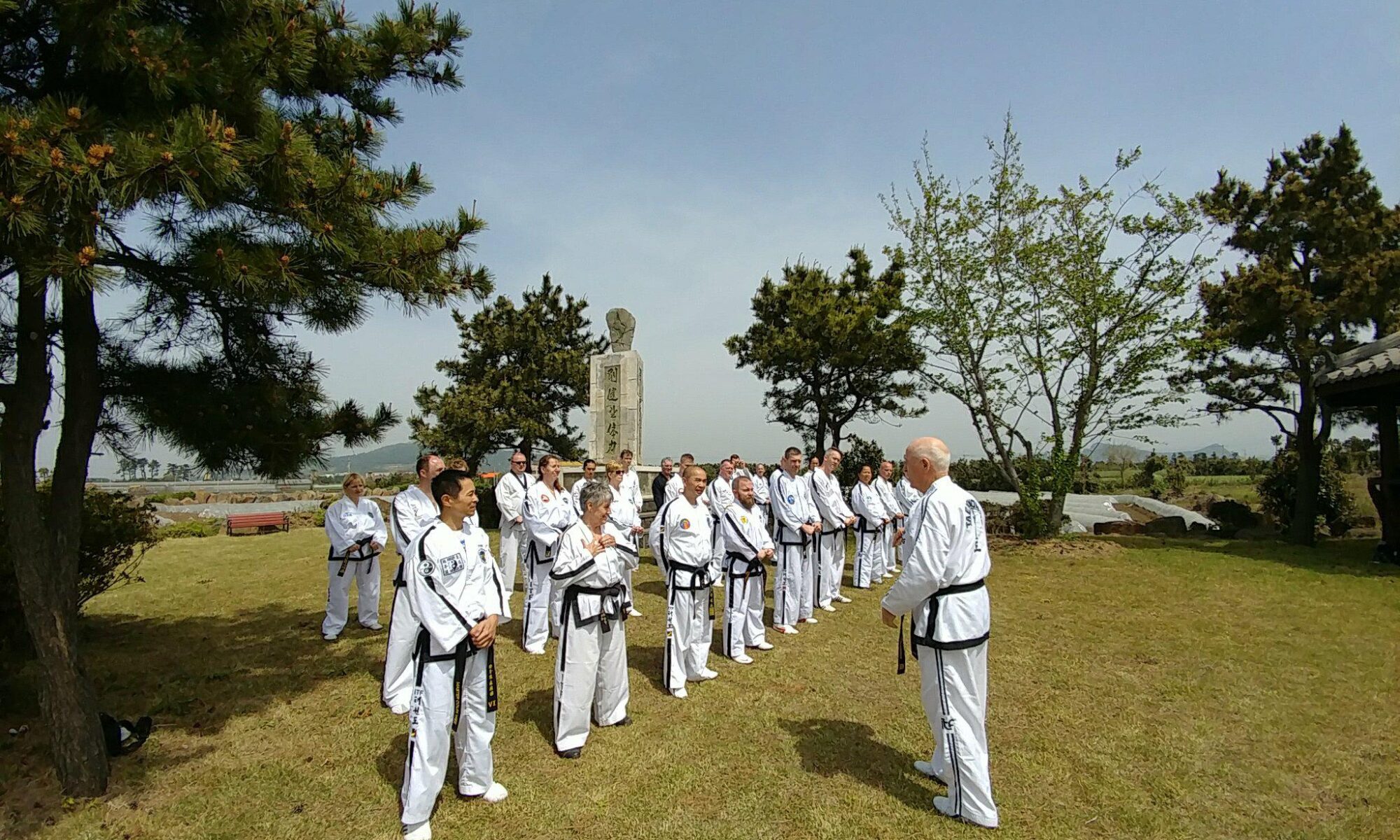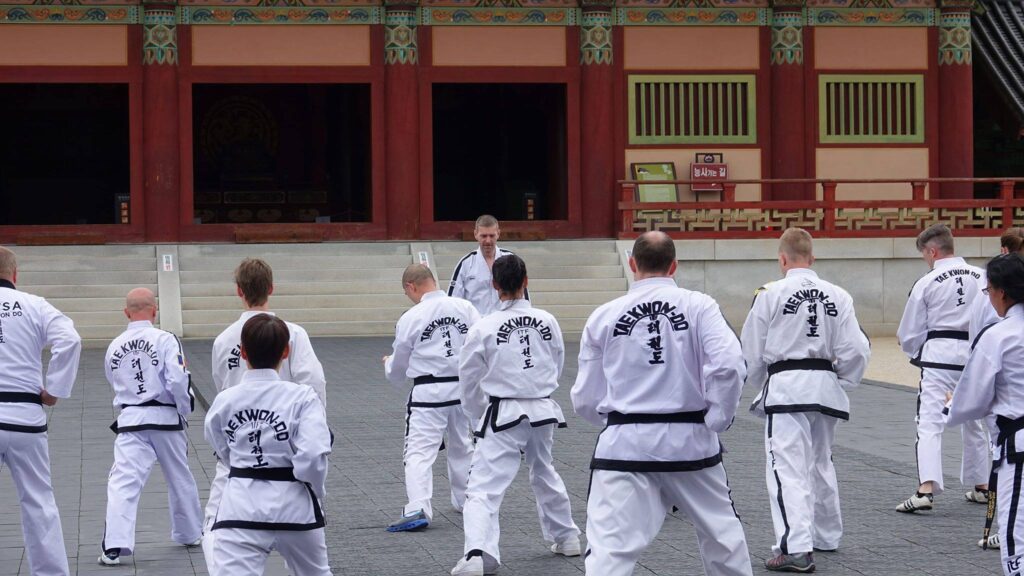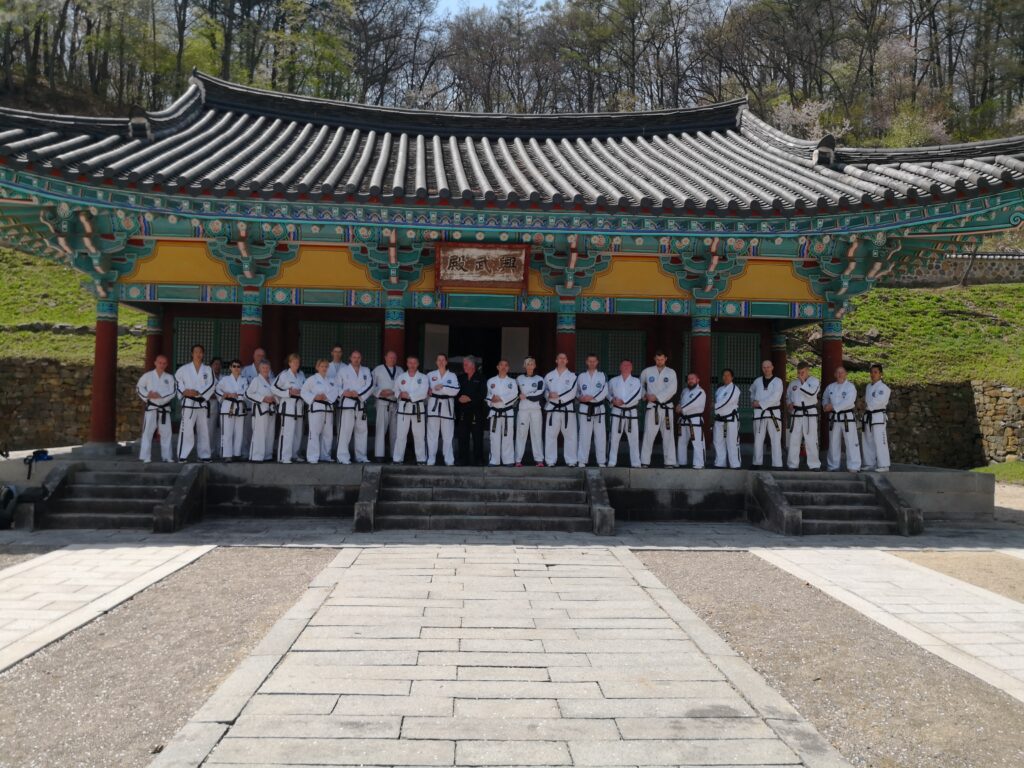Breaking Through: The Secrets of Bassai Dai Kata is a book written by a Taekwondo instructor that delves into the intricacies of Bassai Dai kata, a traditional martial arts form.

While it seems focused on the one Karate kata, Breaking Through dismantles the boundaries of a stylistic approach to training. The book explores the concept of seeking efficiency, anticipating and circumventing the resistance from opponents, and preferencing modern training methodology to nurture individual practitioners. This shift in perspective expands our ability to extract value from fundamental techniques, and the deciphering of fixed pattern sets from their enduring but sometimes obfuscated method of oral transmission.
Goal Oriented v Process Oriented Thinking: In the context of business, goal-oriented thinking is often advocated, which sets organizations to verbalize specific objectives and work towards achieving them. However, “Breaking Through: The Secrets of Bassai Dai Kata” suggests that while goals are important, embracing a process-oriented approach can enhance the likelihood of achieving those goals.

By adopting a process-oriented mindset, business executives can clear their minds and focus on the underlying principles, tactics, and actions that contribute to the desired outcomes. Rather than being solely fixated on the goal itself, they recognize the importance of understanding the journey and seek the flexibility involved in reaching their goals.
A process-oriented approach allows executives to take a deep dive into the intricacies of their tactics, look for operational support, and ensure quality interactions. It encourages them to examine the underlying processes, identify potential bottlenecks or areas for improvement, and develop effective systems and practices that support their goals.
This approach also promotes a mindset of continuous improvement and learning. Executives understand that goals need to adapt to evolving circumstances, and being process-oriented allows each of us to make these micro-adjustments accordingly. It enables us to be agile, responsive, and innovative in the face of challenges or unexpected changes.
Furthermore, by embracing process-oriented thinking, executives foster a culture of collaboration and teamwork. They recognize that achieving goals requires the collective effort and commitment of their teams. By focusing on the process and creating an environment that supports it, executives can empower their teams to take ownership, contribute their unique perspectives, and collectively work towards the shared goals.
Broadening Perspectives: A key lesson from the author’s journey is the value of exploring beyond the boundaries of one’s own discipline. Just as martial arts pioneers sought cross-training opportunities from various systems, business executives can benefit from broadening their perspectives and seeking knowledge outside of their immediate field. This openness allows for a more rarefied understanding of the business landscape, enabling executives to make informed decisions and identify new opportunities.
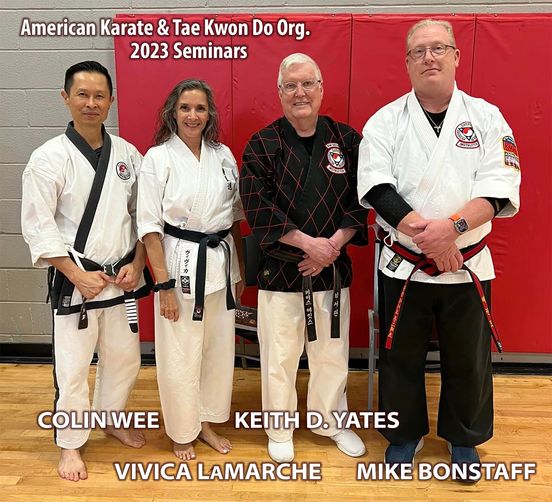
Broadening perspectives for business executives involves actively seeking knowledge, insights, and experiences from diverse fields and disciplines that may not immediately seem related to their own. This includes:
- Seeking information from multiple sources: Stay informed about industry trends, competitors’ activities, and emerging technologies. Consider viewpoints from customers, suppliers, employees, and other stakeholders to gain a comprehensive understanding of the business landscape.
- Embracing a diverse network: Engage with professionals from different backgrounds, industries, and disciplines. Connect with individuals who offer diverse perspectives to gain exposure to new ideas and alternative approaches.
- Encouraging cross-functional collaboration: Foster a culture of collaboration within the organization. Promote interactions and knowledge-sharing across different departments and teams to break down silos, foster innovation, and encourage the exchange of diverse perspectives.
- Developing mental flexibility: Challenge assumptions, question established norms, and embrace new ways of thinking. Engage in critical thinking, consider alternative viewpoints, and actively seek feedback and input from others.
- Fostering a learning culture: Create an environment that promotes continuous learning and growth. Encourage ongoing education, workshops, and exploration outside immediate expertise to foster curiosity, adaptability, and intellectual growth.
You can go around Obstacles: The concept of “breaking down the fortress” in Bassai Dai kata – a transliteration of its name – serves as a metaphor for breaking through barriers in business. Executives can apply this principle by anticipating resistance or critical failure and proactively seeking ways to circumvent these obstacles. This requires a proactive mindset, tactical thinking, and the ability to adapt swiftly to changing circumstances.
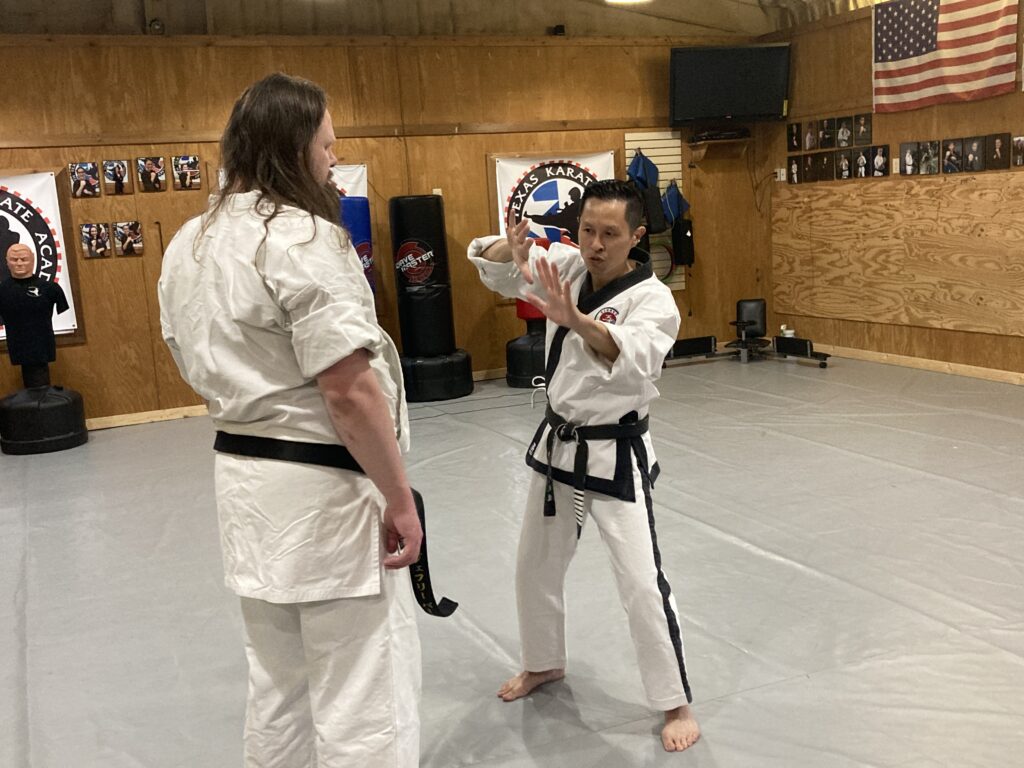
In the context of aligning the vision and objectives of the business plan with operational reports and controls, executives can adopt the following approach:
- Regularly revisit and review the business plan: Executives should periodically revisit the overarching vision and objectives outlined in the business plan. This allows them to assess its relevance, make necessary updates, and ensure alignment with the current market conditions and organizational goals.
- Ingest updates and feedback: Stay informed about the progress and performance of various operational aspects through regular reports and feedback mechanisms. Actively gather data and insights from different departments and teams to have a comprehensive view of the organization’s operations.
- Identify potential points of failure: Analyze the operational reports and controls to identify areas that might be prone to resistance or critical failure. Look for patterns, trends, and potential bottlenecks that could hinder progress towards the defined objectives.
- Enable processes to circumvent obstacles: With the identified potential points of failure in mind, executives should develop contingency plans and alternative strategies to circumvent obstacles. This proactive approach involves anticipating challenges and having pre-defined processes in place to address them swiftly and effectively.
- Embrace a culture of continual improvement: Encourage a culture of continuous improvement within the organization. When obstacles are encountered, view them as opportunities for growth rather than as failures. Encourage teams to analyze and learn from setbacks, and implement necessary changes to enhance performance.
By adopting this approach, executives can bridge the gap between the vision and objectives of the business plan and the operational reports and controls. They can ensure that strategic goals are consistently evaluated, updated, and aligned with operational realities. This proactive mindset and agile approach enable executives to anticipate and address obstacles, promote resilience, and drive success.
Bring Mental Visualisation with You: Another valuable insight from the book is the emphasis on mental visualization. The author highlights the power of mental rehearsal and visualization for performance improvement in martial arts. Similarly, business executives can utilize mental visualization techniques to enhance their performance in various professional settings. Whether it’s preparing for a high-stakes presentation, envisioning successful negotiations, or visualizing effective leadership, mental visualization can help executives build confidence, focus, and enhance their overall effectiveness.

Here are three takeaways on mental visualization that can help executives enhance their performance; taking the idea of the dojo as a mental space and allowing the transferability on this construct beyond its physical walls:
- Creating a mental dojo: Executives can harness the concept of the dojo, not just as a physical training and meditative space but as a mental sanctuary characterized by rituals, discipline, and focus. By cultivating a mental dojo, executives can establish a dedicated space within their minds for deep concentration, reflection, and personal growth. This mental space can serve as a retreat from distractions, allowing executives to engage in purposeful thinking and problem-solving.
- Rituals for focus and clarity: Just as martial artists perform rituals before training or competition to clear their minds and center themselves, executives can adopt rituals to enhance their focus and mental clarity in professional settings. These rituals could include practices such as mindful breathing exercises, internal scripting, visualization techniques, or even brief moments of solitude before important meetings or decisions. These rituals help executives establish a state of calm, enhance their ability to make informed decisions, and bring a sense of purpose to their actions.
- Practicing for performance: Mental visualization serves as a valuable tool for practicing and refining executive skills. Executives can mentally rehearse challenging scenarios, envisioning themselves successfully overcoming obstacles and demonstrating the desired behaviors. This mental practice helps to reinforce neural pathways, improve muscle memory, and enhance executive abilities. It also provides an opportunity to identify areas for improvement and develop strategies for addressing them.
By embracing the idea of the dojo as a mental space and incorporating its principles and rituals into their professional lives, executives can create a conducive environment for personal and organizational growth. This approach fosters focus, discipline, and clarity of mind, enabling executives to navigate challenges, make sound decisions, and cultivate a high-performance culture within their organizations.
Fundamentals improve with Continuous Learning: The author’s exploration of the historical context and origins of Bassai Dai kata sheds light on the importance of understanding the fundamentals while expanding one’s knowledge. In the business world, executives need to strike a balance between staying grounded in core business fundamentals and continuously seeking new knowledge. By combining a strong foundation with a willingness to explore new perspectives and industry trends, executives can navigate the complexities of the business landscape and make well-informed decisions.
Takeaway: Executives should prioritize a solid understanding of fundamental business concepts, which serve as the foundation for effective decision-making. However, they should also actively pursue new knowledge and insights, drawing from diverse sources and disciplines.
One valuable perspective to consider is Sun Tzu’s Art of War, a renowned strategic treatise. By studying Sun Tzu’s principles and logically comparing them with their existing business fundamentals, executives can gain new insights and approaches to strategy, leadership, and competitive advantage.
This pursuit of new knowledge, coupled with critical thinking and strategic analysis, empowers executives to adapt their business strategies and tactics to changing circumstances. It enables them to make well-informed decisions, seize opportunities, and outmaneuver competitors in the dynamic business landscape.
By embracing both the enduring wisdom of their core business fundamentals and the strategic thinking proposed by Sun Tzu, executives can develop a well-rounded perspective that drives their organizations towards sustainable success.
In conclusion, Breaking Through: The Secrets of Bassai Dai Kata while not a business book, offers business executives valuable lessons that are analogous to martial arts training. By embracing a process-oriented mindset, broadening perspectives, anticipating and overcoming obstacles, utilizing mental visualization, and balancing fundamentals with continuous learning, executives can unlock their full potential and drive success in their professional endeavors.”
NEW: We are thrilled to announce that The Breaking Through Blog has been recognized as one of Feedspot’s Top 50 Best Martial Arts Blogs on the Internet.
About: Colin Wee has practiced three martial arts systems over three continents in the past 40 years. Recently inducted into the Australasian Martial Arts Hall of Fame in 2020, Colin has a BBA (Hons) from Cox School of Business in Dallas, Texas, and an MBT from University New South Wales.
